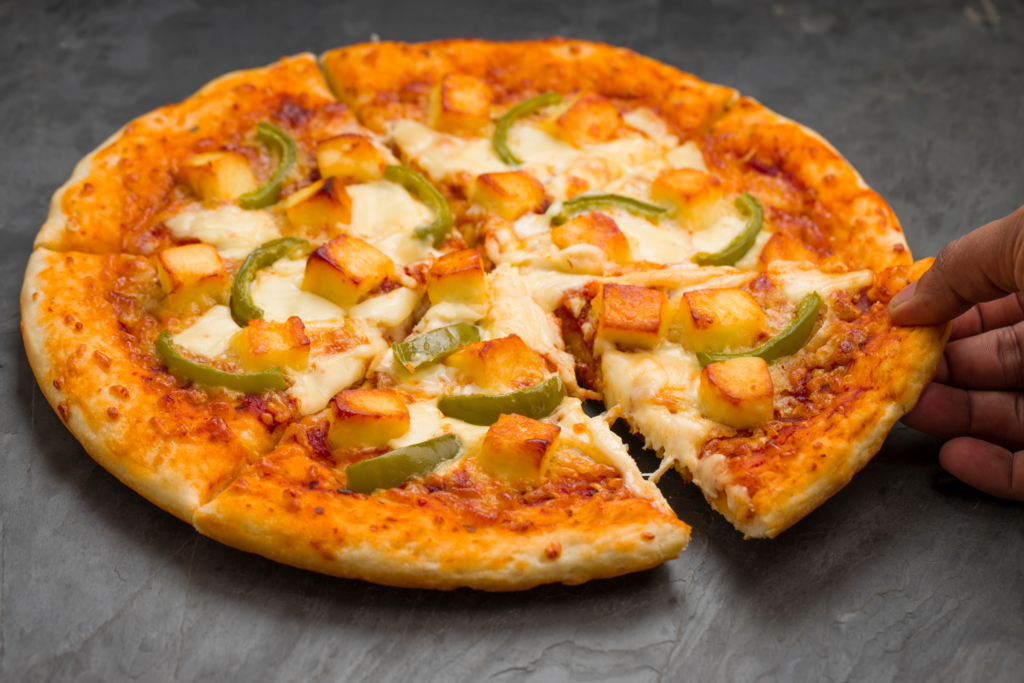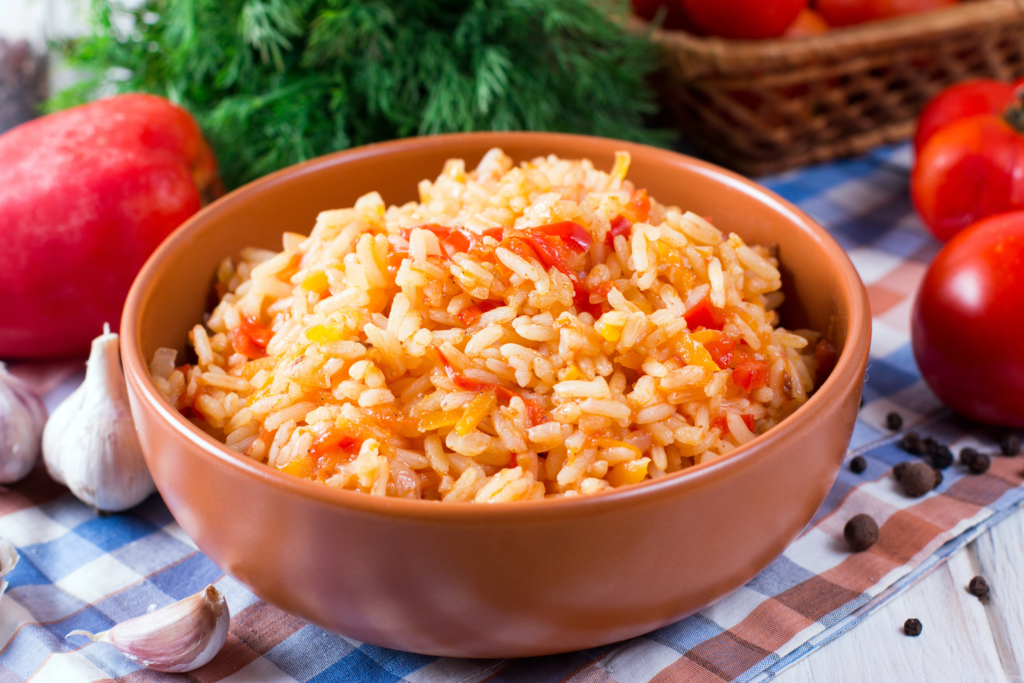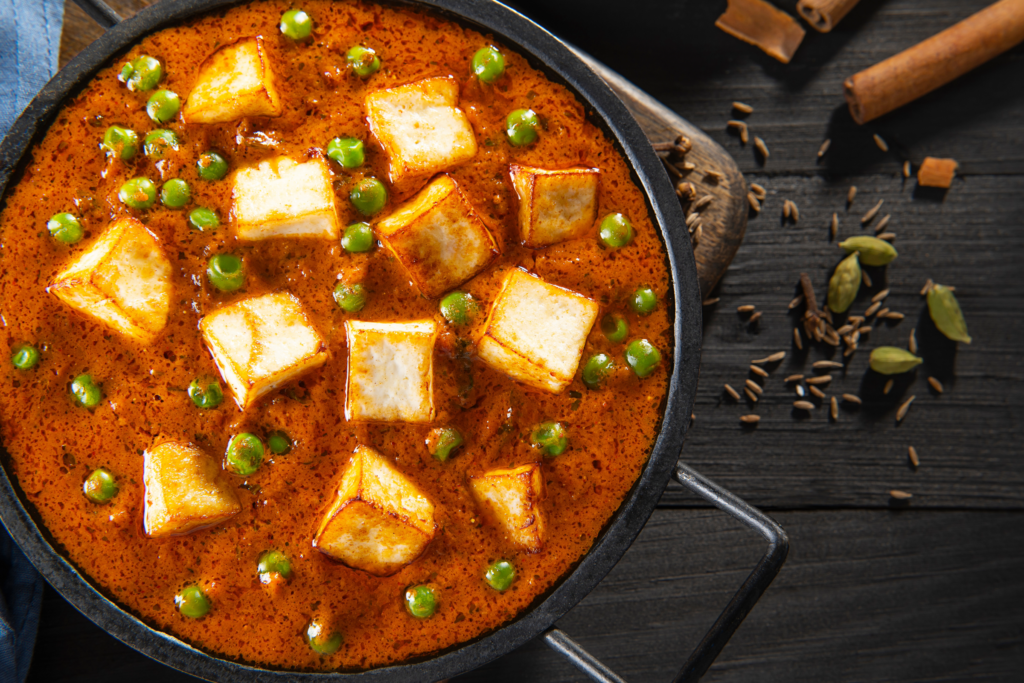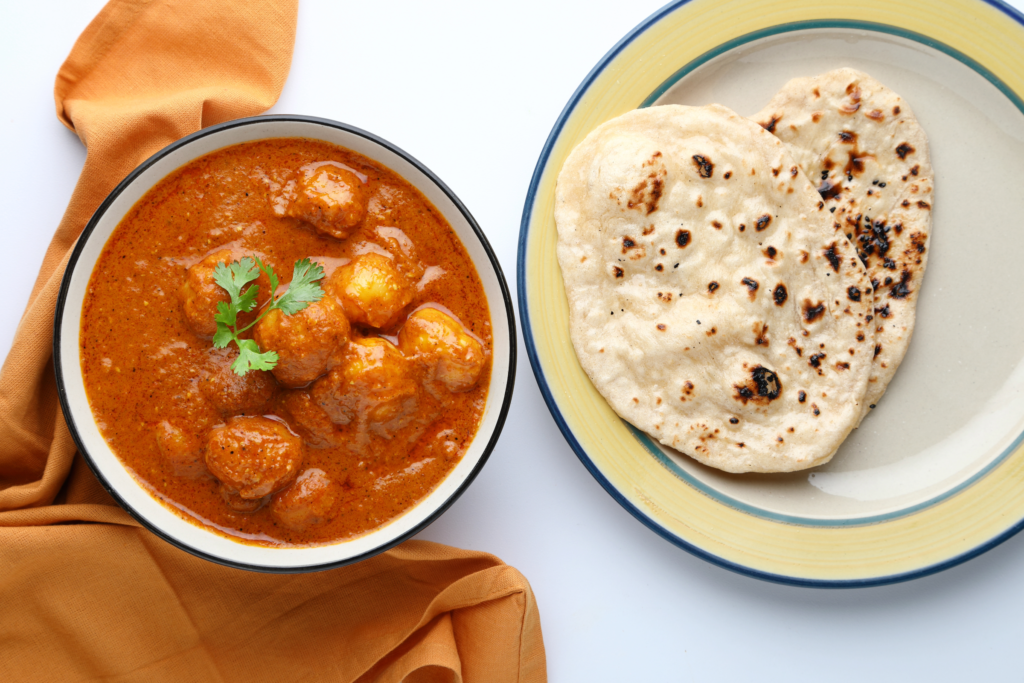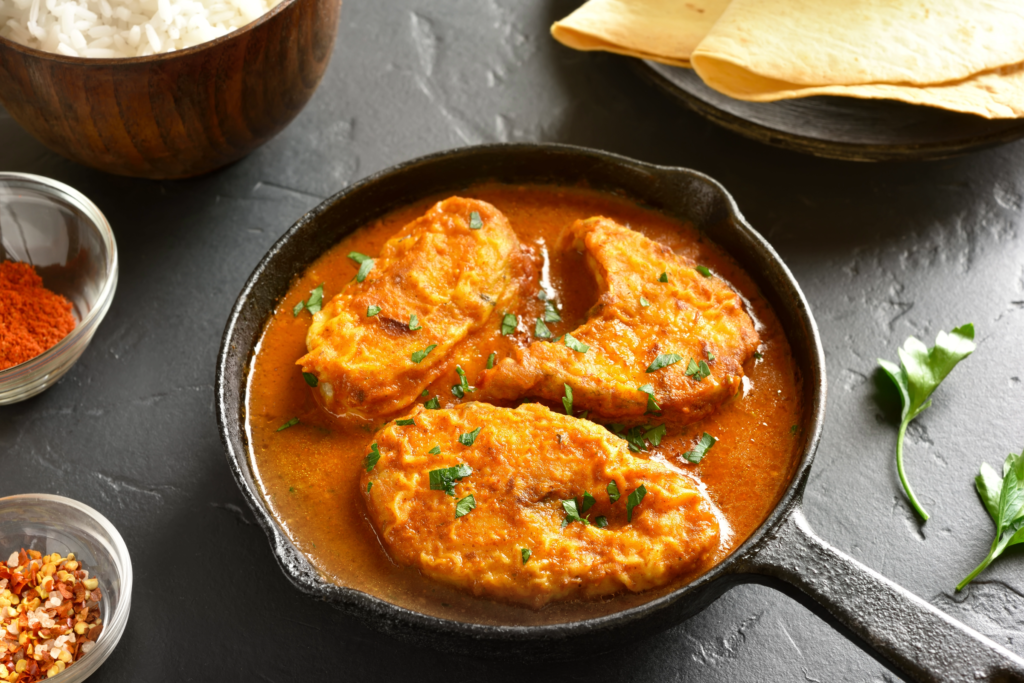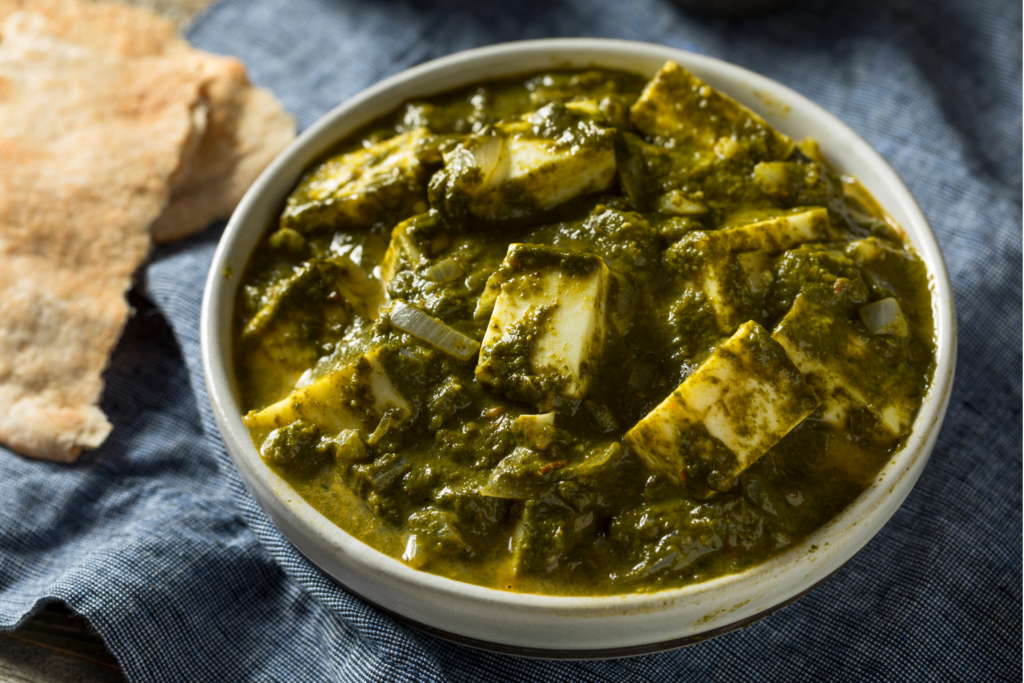Main Course
The main course is the pièce de résistance of every meal, representing the heart and soul of culinary creativity. This substantial and satisfying dish takes center stage on the dining table, showcasing a wide range of flavors, ingredients, and cooking techniques. From succulent steaks to aromatic curries, the main course is where culinary artistry truly shines. In this exploration, we will delve into the world of main courses, uncovering their key characteristics, types, and cultural significance.
Key Characteristics of Main Courses
- Substantial Portion: The main course is typically the largest and most substantial part of a meal, providing the primary source of sustenance.
- Diverse Ingredients: Main courses showcase a diverse array of ingredients, from proteins like meat, poultry, and seafood to vegetables, grains, and legumes.
- Complex Flavors: Main courses often feature complex flavor profiles achieved through seasoning, marinating, braising, grilling, or slow cooking.
Types of Main Courses
- Meat and Poultry: Meat-based main courses include dishes like roast chicken, grilled steak, and braised lamb. These are often served with complementary sauces and side dishes.
- Seafood: Seafood main courses feature a variety of fish and shellfish preparations, such as pan-seared salmon, shrimp scampi, and seafood paella.
- Vegetarian and Vegan: Vegetarian and vegan main courses highlight the versatility of plant-based ingredients. Examples include vegetable stir-fry, eggplant parmesan, and chickpea curry.
- Pasta and Rice: Pasta and rice dishes are beloved main courses worldwide. Options range from spaghetti bolognese and fettuccine alfredo to biryani and risotto.
Cultural Significance
- Culinary Heritage: Main courses often reflect a region’s culinary heritage and traditions. For example, coq au vin is a classic French dish, while sushi is a beloved staple of Japanese cuisine.
- Celebrations: Special occasions and holidays are often marked by elaborate main course preparations. Thanksgiving turkey, Christmas ham, and Easter lamb are examples of festive main courses.
- Balanced Nutrition: Main courses are designed to provide balanced nutrition, with proteins, carbohydrates, and vegetables coming together to create a satisfying and nourishing meal.
The main course is the culinary masterpiece that embodies the art of cooking and the joy of sharing a meal. Whether you’re savoring the tender succulence of a perfectly grilled steak, delighting in the aromatic spices of an Indian curry, indulging in the flavors of a seafood feast, or relishing the comfort of a hearty vegetable stew, the main course invites you to experience the diversity and creativity of culinary traditions from around the world. It’s a reminder that food is not just sustenance but an expression of culture, creativity, and the pleasure of coming together around the table.
The main course is the pièce de résistance of every meal, representing the heart and soul of culinary creativity. This substantial and satisfying dish takes center stage on the dining table, showcasing a wide range of flavors, ingredients, and cooking techniques. From succulent steaks to aromatic curries, the main course is where culinary artistry truly shines. In this exploration, we will delve into the world of main courses, uncovering their key characteristics, types, and cultural significance.
Key Characteristics of Main Courses
- Substantial Portion: The main course is typically the largest and most substantial part of a meal, providing the primary source of sustenance.
- Diverse Ingredients: Main courses showcase a diverse array of ingredients, from proteins like meat, poultry, and seafood to vegetables, grains, and legumes.
- Complex Flavors: Main courses often feature complex flavor profiles achieved through seasoning, marinating, braising, grilling, or slow cooking.
Types of Main Courses
- Meat and Poultry: Meat-based main courses include dishes like roast chicken, grilled steak, and braised lamb. These are often served with complementary sauces and side dishes.
- Seafood: Seafood main courses feature a variety of fish and shellfish preparations, such as pan-seared salmon, shrimp scampi, and seafood paella.
- Vegetarian and Vegan: Vegetarian and vegan main courses highlight the versatility of plant-based ingredients. Examples include vegetable stir-fry, eggplant parmesan, and chickpea curry.
- Pasta and Rice: Pasta and rice dishes are beloved main courses worldwide. Options range from spaghetti bolognese and fettuccine alfredo to biryani and risotto.
Cultural Significance
- Culinary Heritage: Main courses often reflect a region’s culinary heritage and traditions. For example, coq au vin is a classic French dish, while sushi is a beloved staple of Japanese cuisine.
- Celebrations: Special occasions and holidays are often marked by elaborate main course preparations. Thanksgiving turkey, Christmas ham, and Easter lamb are examples of festive main courses.
- Balanced Nutrition: Main courses are designed to provide balanced nutrition, with proteins, carbohydrates, and vegetables coming together to create a satisfying and nourishing meal.
The main course is the culinary masterpiece that embodies the art of cooking and the joy of sharing a meal. Whether you’re savoring the tender succulence of a perfectly grilled steak, delighting in the aromatic spices of an Indian curry, indulging in the flavors of a seafood feast, or relishing the comfort of a hearty vegetable stew, the main course invites you to experience the diversity and creativity of culinary traditions from around the world. It’s a reminder that food is not just sustenance but an expression of culture, creativity, and the pleasure of coming together around the table.
Level :
Type :
Time :
Level :
Type :
Time :
Level :
Type :
Time :
Level :
Type :
Time :
Level :
Type :
Time :
Level :
Type :
Time :
Level :
Type :
Time :
Level :
Type :
Time :
Level :
Type :
Time :


